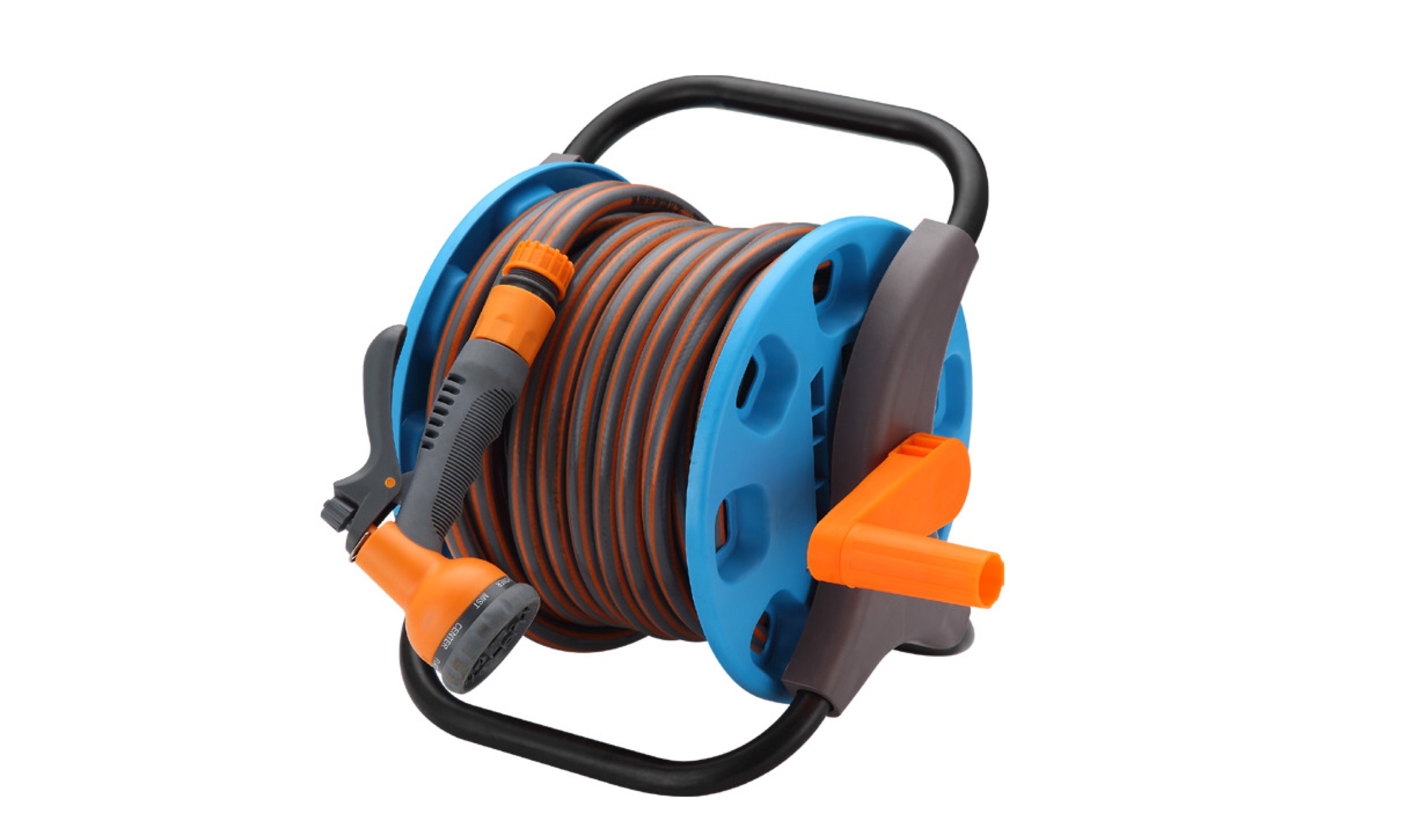oxy acetylene hose
Understanding Oxy-Acetylene Hose A Vital Component in Welding
The oxy-acetylene welding process is a widely used technique in various industries, allowing for the fusion of metals with precision and efficiency. At the heart of this process lies a crucial element the oxy-acetylene hose. Understanding the specifications, applications, and maintenance of these hoses is essential for anyone involved in welding or metal fabrication.
What is Oxy-Acetylene Hose?
The oxy-acetylene hose is a specialized type of flexible tubing designed to transport oxygen and acetylene gases from the gas cylinders to the welding torch. Typically, these hoses are color-coded for easy identification—green for oxygen and red for acetylene. This color coding is crucial, as it helps prevent dangerous mix-ups that could lead to catastrophic accidents.
Specifications and Standards
Oxy-acetylene hoses are constructed to withstand high pressures and are made from durable materials that resist abrasion and chemical exposure. They often feature a multi-layer design, consisting of an inner tube, a reinforcement layer, and an outer cover for added protection. The inner tube is made from rubber compounds that are compatible with the gases, while the reinforcement layer may consist of textile fibers or steel wire to provide strength and flexibility.
Industry standards, such as those from the Compressed Gas Association (CGA) and the American National Standards Institute (ANSI), dictate the specifications for these hoses, ensuring that they can handle the pressures between 5 to 15 psi for acetylene and up to 250 psi for oxygen. The hoses are also designed to be kink-resistant and flame-resistant, further ensuring safety during use.
Applications of Oxy-Acetylene Hoses
oxy acetylene hose

Oxy-acetylene welding is employed in diverse fields, ranging from construction to automotive repair. The hoses are used not only for welding but also for cutting metals, brazing, and heating applications. In construction, for example, oxy-acetylene torches are essential for joining steel beams or cutting pipes to required lengths.
Moreover, these hoses play a vital role in maintenance and repair work, particularly in industries where equipment and machinery require regular servicing. The ability to efficiently melt and fuse metals makes oxy-acetylene welding an indispensable technique in metal fabrication shops.
Safety Considerations and Maintenance
Given the flammable nature of acetylene and the high pressures involved, safety is a top priority when using oxy-acetylene hoses. Operators should always inspect hoses for any signs of wear, such as cracks, frays, or blisters, before use. Any damaged hose should be replaced immediately to avoid potential leaks and hazardous situations.
Regular maintenance is vital for the longevity and performance of the hoses. They should be stored in a cool, dry place away from direct sunlight and extreme temperatures. When not in use, hoses should be coiled loosely to prevent kinking, and the ends should be capped to keep out dirt and debris.
Conclusion
The oxy-acetylene hose is a critical component of the welding process, making it necessary for welders and industry professionals to understand its specifications, applications, and safety measures. By being informed and diligent about the maintenance of these hoses, users can ensure a safe working environment and achieve high-quality results in their welding projects. Whether you are a seasoned welder or just beginning your journey in metal fabrication, respect for the tools of the trade, including the oxy-acetylene hose, is paramount to your success.
-
Welded Wire Mesh Panel: Durable, Versatile, and AffordableNewsJul.28,2025
-
Top Quality Oxy Acetylene Hoses for Sale Fit for Welding DemandsNewsJul.28,2025
-
The Future of Pneumatic Air Tubes in IndustryNewsJul.28,2025
-
Superior and Reliable LPG Hose Pipe Solutions for Every NeedNewsJul.28,2025
-
Exceptionally Durable and Versatile Premium Braided PVC TubingNewsJul.28,2025
-
Best Adapters for Connecting Garden Hose to PVC Pipe ConnectionsNewsJul.28,2025














